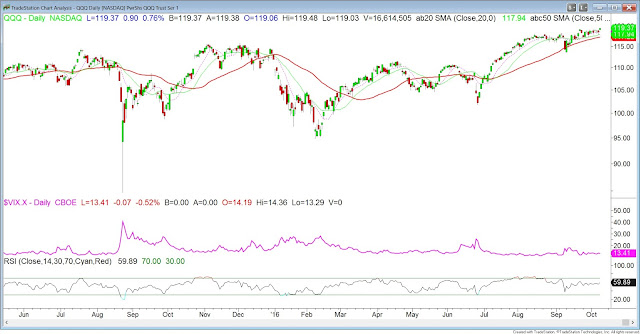- Fund manager cash levels jumped to their highest mark since post-Brexit and November 2001 (post 9/11 attacks). Higher even than at the height of the financial crisis.

- Managers are rotating out of areas that have most benefitted from ZIRP (bonds, REITs, healthcare) and into banks, insurance, equities, commodities, and EM
- According to the managers polled, the 3 most crowded trades are Long high-quality stocks, Long Investment Grade Corporate bonds, and minimum volatility strategies
- The biggest equity driver the next 6 months by a wide margin will be....Treasury bond yields
- Biggest tail risks currently out there are EU disintegration, a crash in the bond market, Republican wins the White House, and US inflation
- Fund managers' current allocation to equities improves but still remains 0.7 standard deviations below its long term average
From a contrarian perspective, the high levels of cash should continue to act as a potential tailwind for higher equity prices as the stocks climb the "wall of worry." Clearly there has been a shift and rotation in terms of asset class emphasis based on the expectation that higher interest rates are near. Lastly, there are several potential "tail risks" out there that managers remain wary of. The upcoming US presidential election is one of those risks and we'll see how that resolves in just a few weeks.









